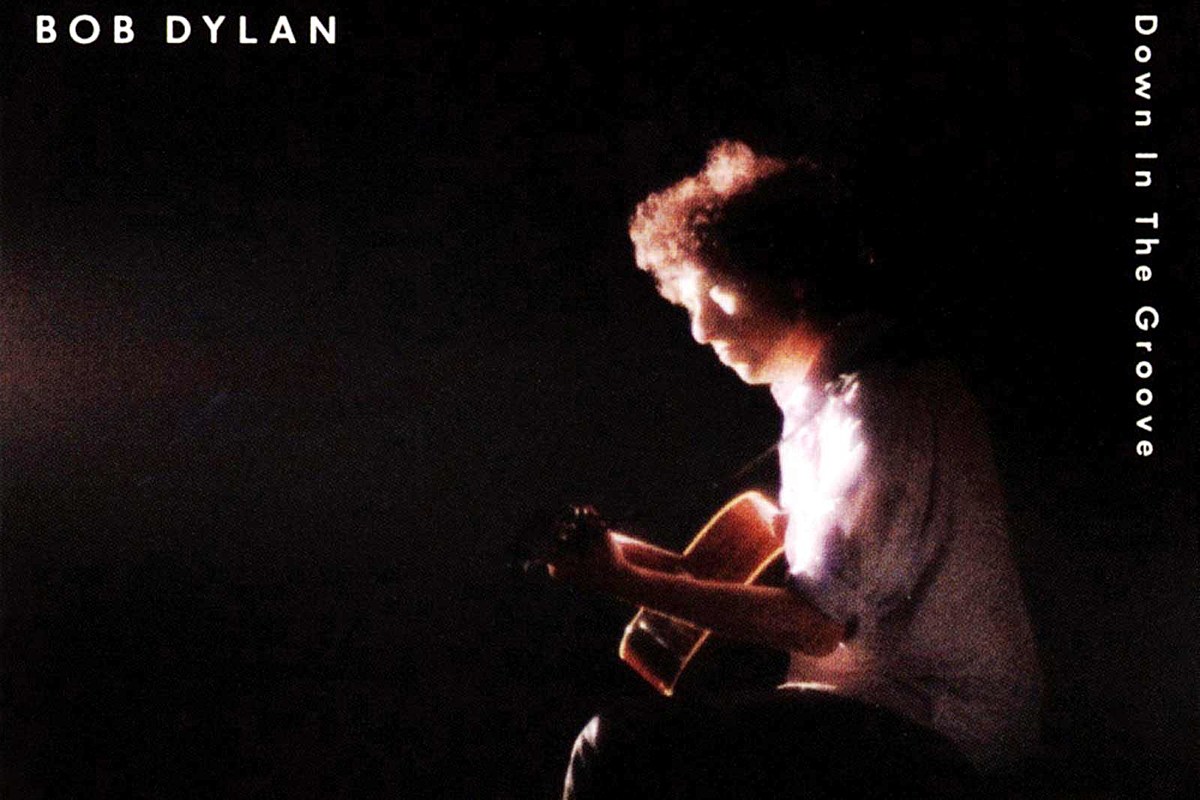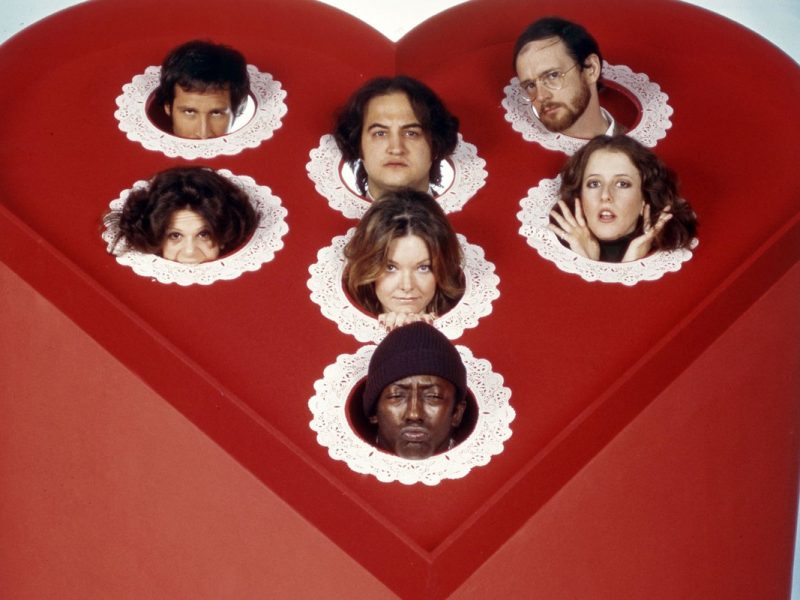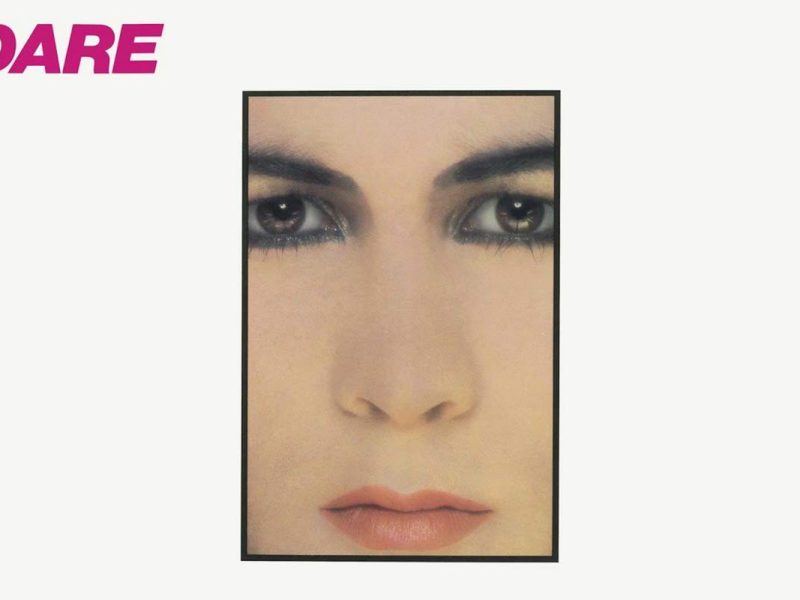Fans still reeling from general disappointment over Bob Dylan’s 1986 album Knocked Out Loaded found little comfort when Down in the Groove arrived on May 30, 1988. If anything, Dylan’s 25th LP was an even bigger disappointment than its predecessor.
With recording sessions spanning four years, songwriters ranging from Wilbert “Kansas City” Harrison to collaborations with Grateful Dead lyricist Robert Hunter and a backing band that included everyone from future American Idol judge Randy Jackson to former Clash bassist Paul Simonon, Down in the Groove was, to say the least, unfocused. Dylan has made some perplexing and even lazy records over the years; none, though, sounds as pointless as Down in the Groove.
It certainly didn’t help that the record was started in March 1987 and finished three months later, but ended up not being released until the following year. Or that Dylan’s original plan – like Knocked Out Loaded – to make an album of cover songs changed course along the way. In the end, it was a scattered mix of two originals (one dating back to 1983’s Infidels), two Hunter collaborations, a freshly arranged traditional song and five covers.
Dylan’s ’80s then got a whole lot worse as Down in the Groove became his lowest-charting album since his 1962 debut failed to chart altogether.
Listen to Bob Dylan’s ‘Silvio’
So where did it all go wrong? Lack of direction is a big part of the record’s problems. It was no secret that Dylan and his music weren’t adjusting all that well to the decade. He started the ’80s with Saved, the second of his three consecutive and divisive Christian albums, and rebounded slightly with Infidels, before swerving alongside instantly dated production on 1985’s Empire Burlesque and then settling into the era of Knocked Out Loaded and Down in the Groove.
There’s also the issue with the songs. One of the two new Dylan tracks, “Death Is Not the End,” originated during the Infidels sessions five years earlier; the other, “Had a Dream About You, Baby,” appeared the year before on the soundtrack to the Hearts of Fire film, which starred Dylan and was met with box-office and critical indifference.
The Hunter collaborations came about after Dylan spotted the lyricist’s notebook during rehearsals with the Grateful Dead. “Ugliest Girl in the World” is about as appealing as its title. “Silvio,” on the other hand, is the closest Down in the Groove gets to classic Dylan. Three members of the Dead, whom Dylan had toured with in 1987, add backing vocals. Along with the song’s relaxed, freewheeling pace, Jerry Garcia, Bob Weir and Brent Mydland add a brief glimmer of a spark to the otherwise knotted LP.
Listen to Bob Dylan’s ‘Death Is Not the End’
Dylan’s covers – the original backbone of the album – offer little respite. Jumping among Harrison’s “Let’s Stick Together,” Down in the Groove‘s opening cut, is Arthur Alexander’s “Sally Sue Brown” and “Ninety Miles an Hour (Down a Dead End Street).” Originally recorded by country star Hank Snow in 1962, “Ninety Miles an Hour” is not so much jarring as it is a baffling choice.
If the idea, as it has been suggested in some circles, was for Dylan to give listeners an approximation of the music he was listening to on local Minnesota radio stations before he made a name for himself in New York City, how does “Shenandoah,” which dates to the early 19th century, figure into the mix? (In a way, this concept is like a precursor to his ’00s XM show, Theme Hour Radio.) And why does so much of it, despite the large guest list, sound so lifeless?
In the end, Down in the Groove served little purpose. Fans, even the most dedicated, mostly stayed away. The stitched-together nature of the album made an entry point difficult for anyone but the most faithful. Even the artist himself sounded bored through most of it. And it certainly didn’t help pull Dylan out of his ’80s downward spiral.
But hope was on the way. The tour Dylan launched soon after the album’s release slowly revived his stage standing; the Never Ending Tour effectively began with these dates, which included acoustic sets comprised entirely of traditional cover songs – a setting that was more conducive to such material than Down in the Groove. And his next studio album, 1989’s Oh Mercy, was a tentative start to Dylan’s next golden period that arrived in earnest the following decade.
20 Greatest Comeback Albums
Becoming a successful artist is difficult. Remaining on top forever is downright impossible.
Why Don’t More People Like This Bob Dylan LP?



